| List of rice export traders as of October 8, 2024 Bright spot of Vietnamese rice |
Many rice exporting countries in Asia have faced downward pressure on prices in the context of India easing its rice export ban. Accordingly, the prices of 5% broken rice and 25% broken rice from Vietnam and countries such as Thailand and Pakistan all tend to decrease by 15 - 50 USD/ton. Of which, the export price of Thai rice decreased by 23 - 30 USD/ton depending on the type, while the price of Vietnamese rice decreased by 15 - 19 USD/ton compared to the time before India lifted the rice export ban.
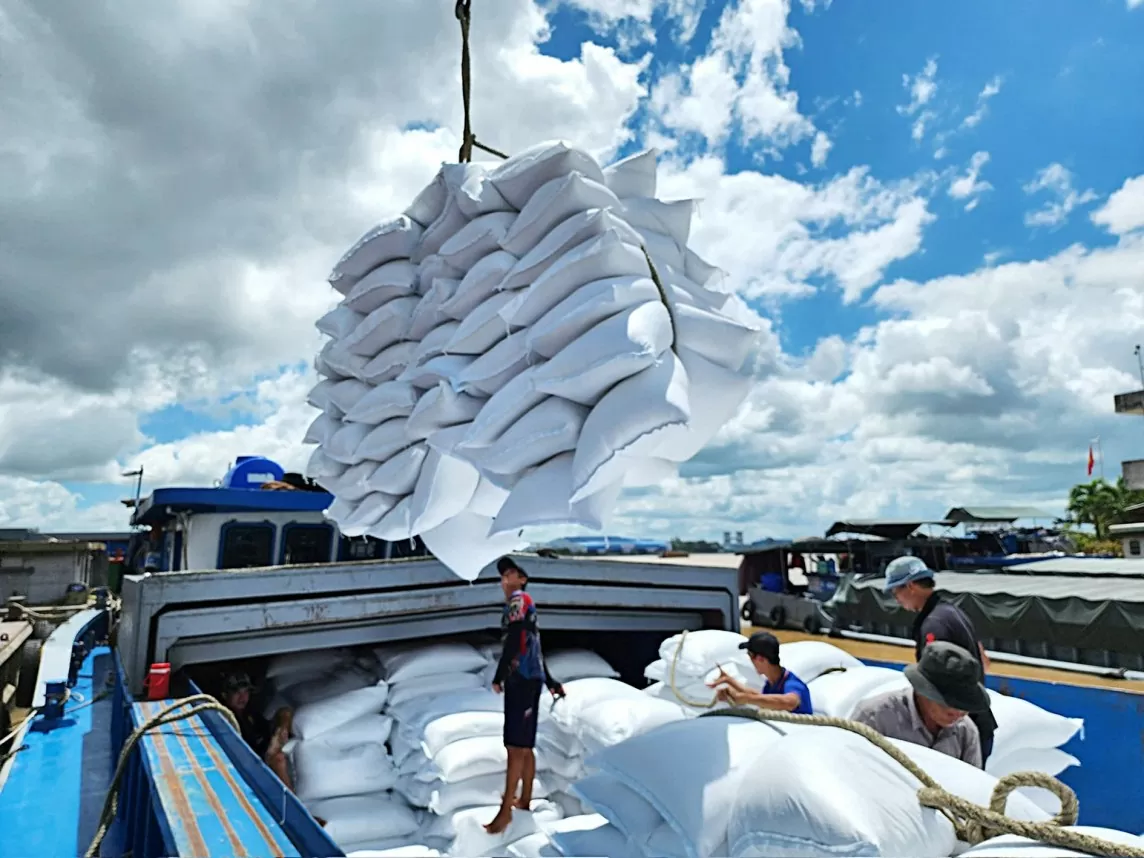 |
| Vietnam's rice export price maintains top position |
However, Vietnam's rice exports still maintain high prices thanks to the shift to fragrant, high-quality rice varieties and affirming its position in the international market.
Specifically, according to the Vietnam Food Association (VFA), on October 15, the export price of 5% broken rice from Vietnam stood at 537 USD/ton; the export price of 5% broken rice stood at 509 USD/ton and the export price of 100% broken rice stood at 439 USD/ton.
In Thailand, the export price of 5% broken rice is at 498 USD/ton; 25% broken rice is at 480 USD/ton; 100% broken rice is at 436 USD/ton.
In India, the export price of 5% broken rice stood at $488 per ton; the export price of 25% broken rice stood at $491 per ton. The export price of 5% broken rice from Pakistan stood at $481 per ton; 25% broken rice stood at $440 per ton; and 100% broken rice stood at $394 per ton.
Despite the downward adjustment, according to rice exporting enterprises, this does not greatly affect their business strategy. Because high-quality Vietnamese rice varieties such as ST25, DT8, OM18, 5451 currently have export prices ranging from 530 - 650 USD/ton, lower than rice of the same quality from other countries, usually at over 700 - 900 USD/ton.
“This is a great advantage when Vietnamese export enterprises can provide high-quality products at reasonable prices, meeting the needs of large import markets such as the Philippines, Malaysia, and Indonesia,” said a representative of a rice export enterprise in Can Tho.
Mr. Pham Van Thinh - Deputy Director of Thuan Minh Import Export Joint Stock Company - informed that India's loosening of the export ban does not significantly affect the Vietnamese rice market. Accordingly, Indian rice is mainly used in the production of processed products such as vermicelli, rice noodles, rice paper, and the Vietnamese market has a stable alternative supply.
According to Mr. Nguyen Van Nhat - General Director of Can Tho Rice Export Joint Stock Company, the quality of fragrant rice and sticky rice of our country is superior to that of white rice of India, which is usually only used for processed products, this helps Vietnam continue to maintain its position in the international market, despite competition from countries such as Thailand or Pakistan.
Mr. Pham Thai Binh - Chairman of the Board of Directors of Trung An High-Tech Agriculture Joint Stock Company (Can Tho City) - also affirmed that India's lifting of the rice export ban will certainly affect rice exports. Because the rice supply will be more abundant, however, Vietnam's 5% broken rice should not be compared with Indian rice.
The names of 5% broken rice from Vietnam and India are the same, but the quality of 5% broken rice from Vietnam is completely different from that of 5% broken rice from India and Pakistan. Because 5% broken rice from Vietnam is delicious, fresh, new and suitable for people to eat, while 5% broken rice from India is in stock, so countries only import it as raw material for food processing.
In An Giang rice granary, rice prices are currently fluctuating at 6,900-7,000 VND/kg of fresh rice. Compared to the same period last year, rice prices have decreased by more than 1,800 VND/kg. Mr. Pham Thai Binh also predicted that rice prices will certainly be affected in the near future, but will not affect Vietnam's rice exports. Because Vietnam's rice segment focuses on high-quality rice, long-grain rice has a higher value.
Rice businesses believe that it will be difficult for Vietnamese rice prices to fall below $500 per ton, because countries such as the Philippines, Indonesia and Malaysia are still increasing their purchases, while our country’s domestic supply is not enough for export.
According to data from the Ministry of Agriculture and Rural Development, in the first 9 months of 2024, Vietnam exported more than 7 million tons of rice, worth 4.37 billion USD (up 9.2% in volume and 23.5% in value compared to the same period in 2023). Vietnam's average rice export price in the past 9 months reached 624 USD/ton (up 13.1% compared to the same period in 2023).
Mr. Phung Duc Tien - Deputy Minister of Agriculture and Rural Development - said that currently, Vietnamese rice has a relatively stable market share, value and quality. The ecosystem in the value chain associated with the market of the Vietnamese rice industry is still operating relatively tightly and systematically. Therefore, the fluctuations due to the removal of India's rice export ban will not have a big impact on the Vietnamese rice industry.
“Vietnam’s rice exports are expected to reach 7-7.5 million tons in the coming crop year. Organic rice and fragrant rice products from Vietnam are favored by many countries thanks to their diverse and high-quality products, helping to maintain higher selling prices compared to India and Thailand,” Mr. Phung Duc Tien informed.
Source: https://congthuong.vn/gia-gao-xuat-khau-cua-viet-nam-duy-tri-vi-tri-top-dau-the-gioi-352799.html


![[Photo] Prime Minister Pham Minh Chinh receives Swedish Minister of International Development Cooperation and Foreign Trade](https://vphoto.vietnam.vn/thumb/1200x675/vietnam/resource/IMAGE/2025/5/12/ae50d0bb57584fd1bbe1cd77d9ad6d97)


![[Photo] Prime Minister Pham Minh Chinh works with the Standing Committee of Thai Binh Provincial Party Committee](https://vphoto.vietnam.vn/thumb/1200x675/vietnam/resource/IMAGE/2025/5/12/f514ab990c544e05a446f77bba59c7d1)
![[Photo] Prime Minister Pham Minh Chinh starts construction of vital highway through Thai Binh and Nam Dinh](https://vphoto.vietnam.vn/thumb/1200x675/vietnam/resource/IMAGE/2025/5/12/52d98584ccea4c8dbf7c7f7484433af5)



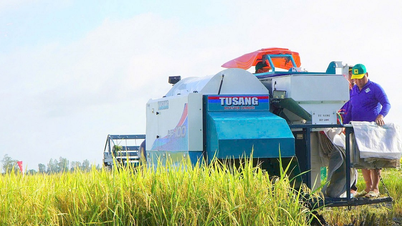


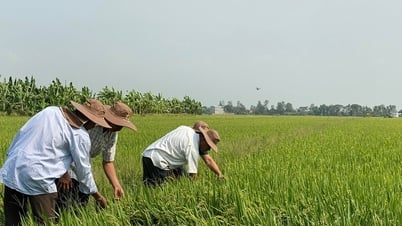

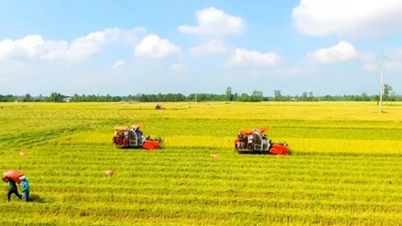




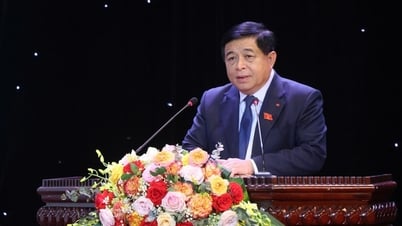









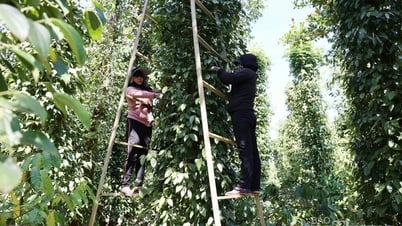
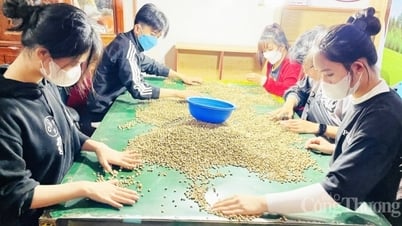



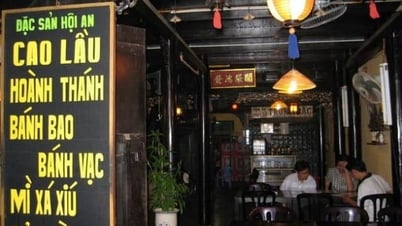





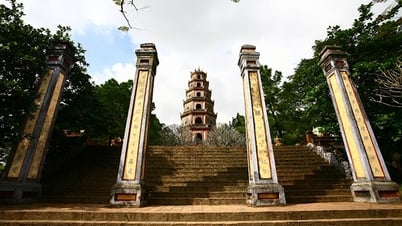










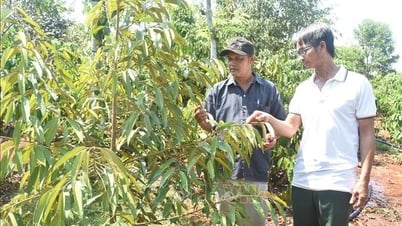









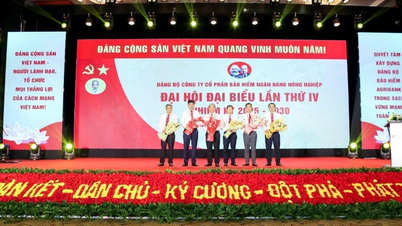

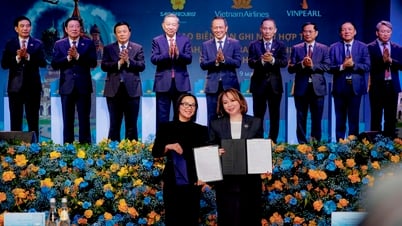
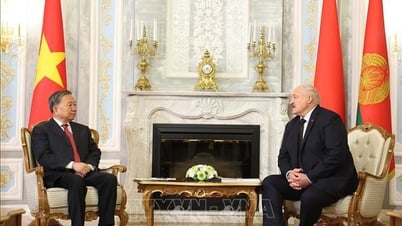
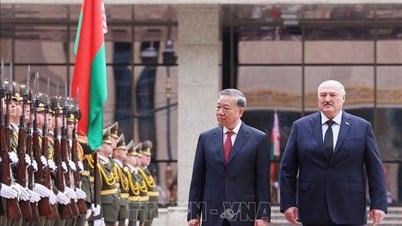
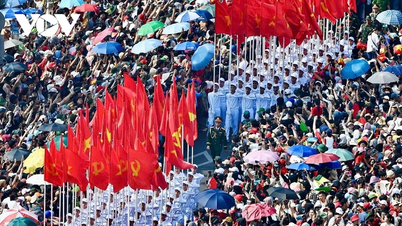



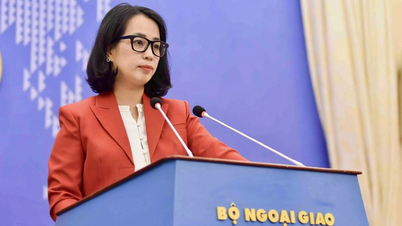


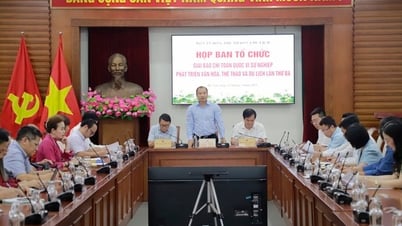

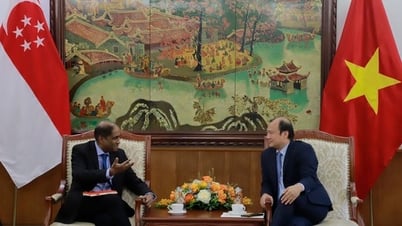



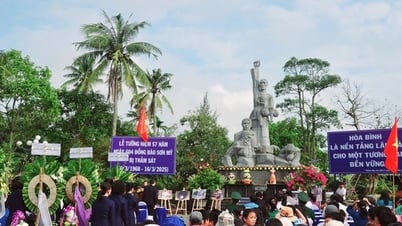





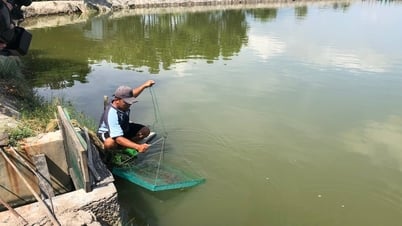


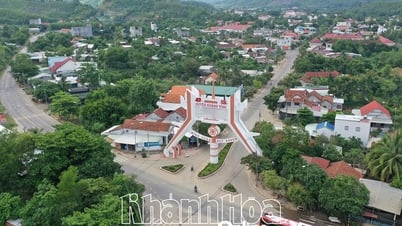
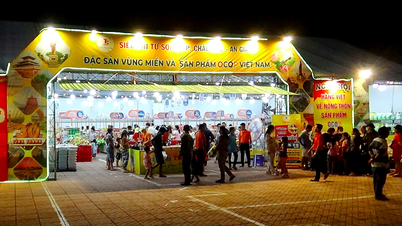

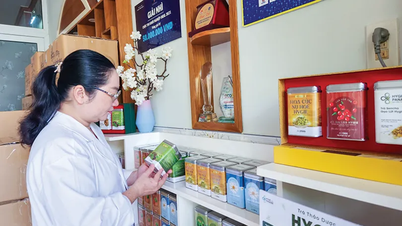

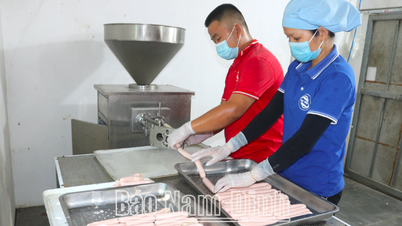

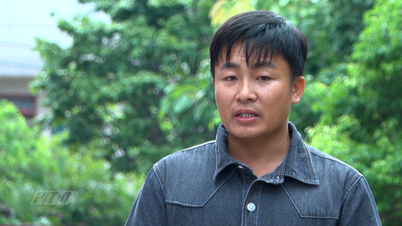
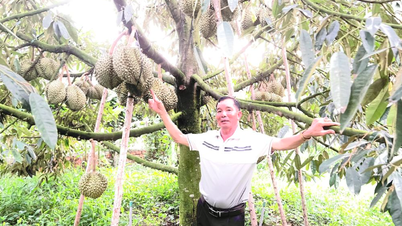


Comment (0)